

James Wong
2026 Audi Q5 review: Quick drive
5 Days Ago
Beauty. Craft. Art. Can Aston Martin's first crossover live up to the iconic brand's heritage? CarExpert's resident Aston superfan finds out.
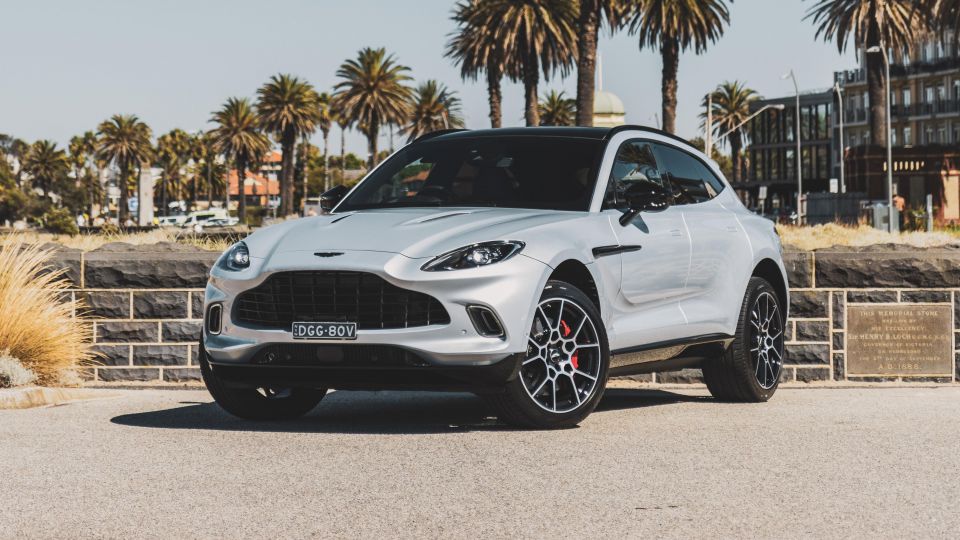


Quickly see how this car stacks up against its competition. Select any benchmark to see more details.
Where expert car reviews meet expert car buying – CarExpert gives you trusted advice, personalised service and real savings on your next new car.
I’ve been obsessed with Aston Martins from a young age.
Timeless design, effortless power, and handcrafted interiors all sparked a love for the British marque and its vehicles since the day I acquired an original Vanquish in Gran Turismo 3.
Achingly gorgeous grand tourers have long been the marque’s specialty, so you can imagine my knee-jerk reaction to Aston Martin’s first crossover, the DBX, when it was first revealed in 2019 – “what were they thinking?!”

With the front of a DB11 and the rear of a Vantage mixed with an extended roofline and elongated proportions, the original press images of the Aston Martin DBX left me underwhelmed. After all, this is the company that in just my lifetime designed the DB7, DB9 and the Vanquish, all regarded as some of the world’s most beautiful designs.
Fast forward a couple of years and I’ve finally seen a few in the flesh, and I’ve changed my position a bit. While not as classically beautiful as some of Aston’s sports cars, the DBX is certainly striking and from some angles, sorta pretty.
Having gotten my first taste of uber-luxury motoring last year with the Bentley Bentayga V8, I spent a couple of days with the Aston Martin DBX to see if this high-riding grand tourer should be a more regular sight on Aussie roads.
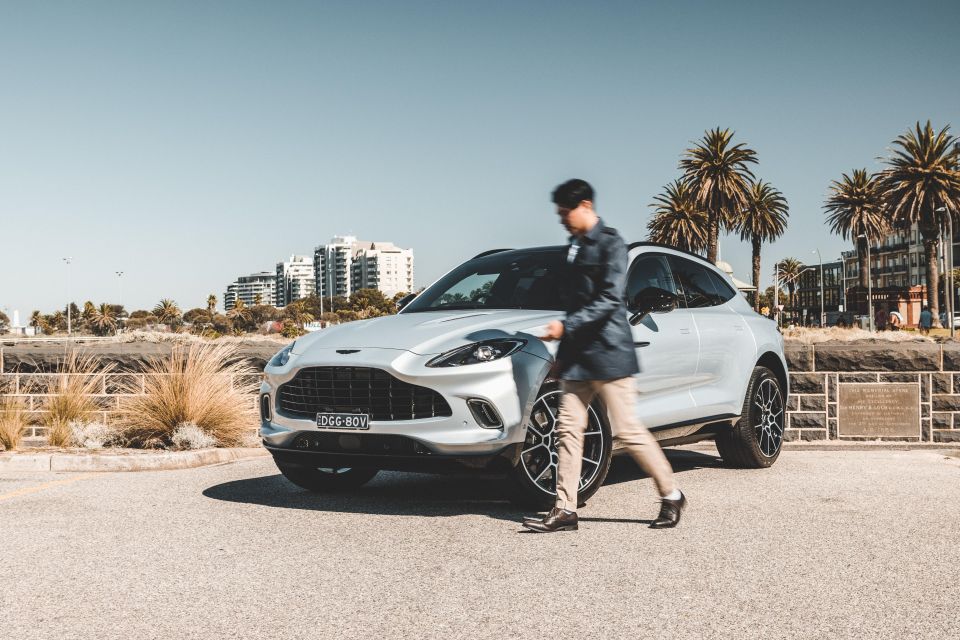
The DBX starts at $357,000 plus on-road costs, which is a big wallop of cash no matter how you look at it.
Our test car was fitted with a number of options that brought the as-tested sticker to a figure starting with a 4, but really if you’re shopping at this end of the market who’s really counting?
In this price bracket, the DBX has a range of competitors high-performance engines and a focus on luxury, some hailing from premium brands and others from the more boutique set, including:
All prices exclude on-road costs

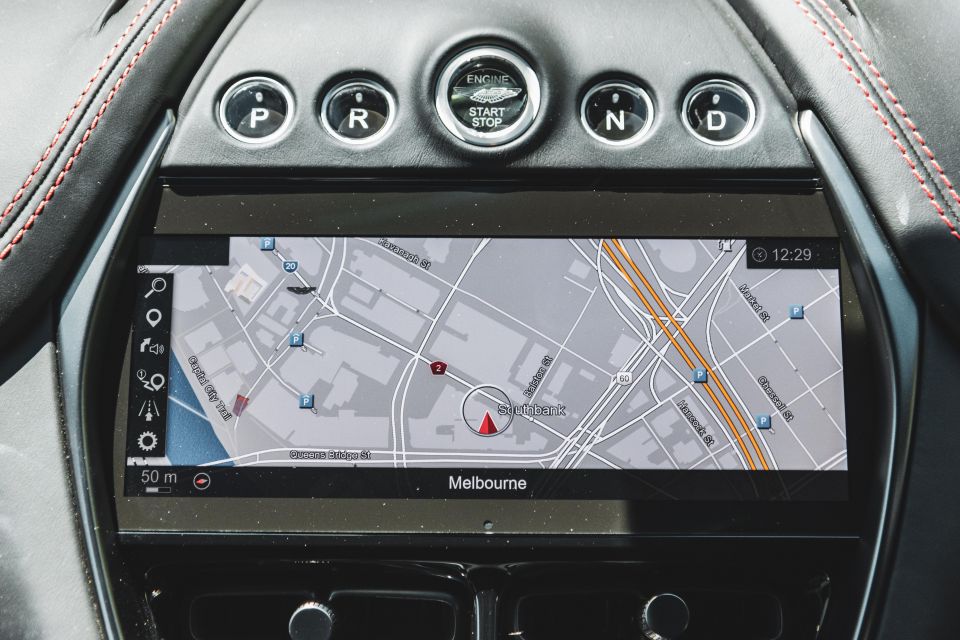


Buy your new car without the stress. It's fast, simple and completely free.

Great service from Travis and team, second time I have used this business would not hesitate to recommend them to anyone
Craig C.
Purchased a Ford Ranger in Sunshine Coast, QLD
CarExpert helped Craig save $7,224 on his Ford Ranger, now let us save you on your next new car.
Get your BEST priceSpecifications highlights include:
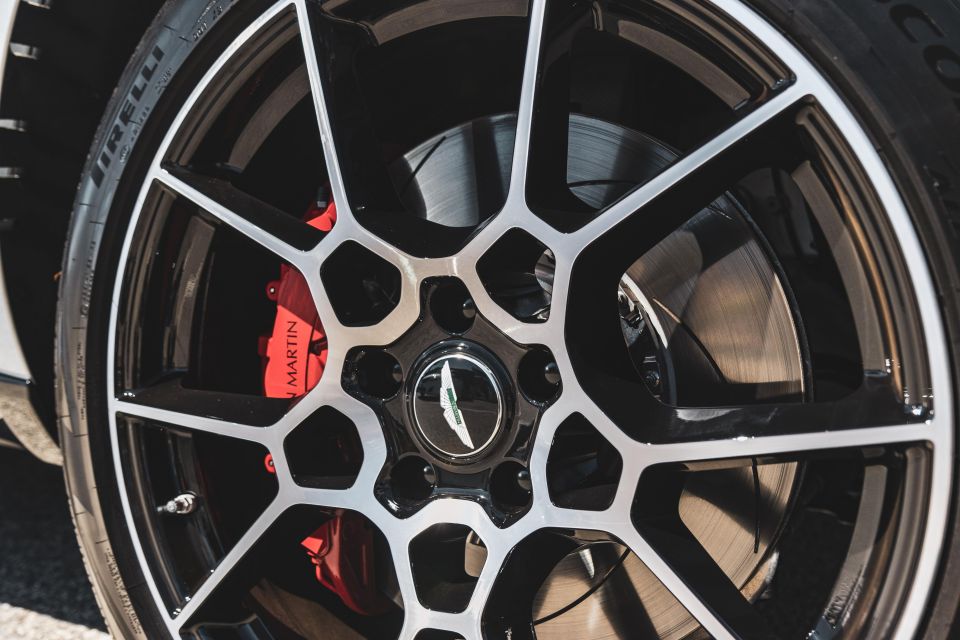


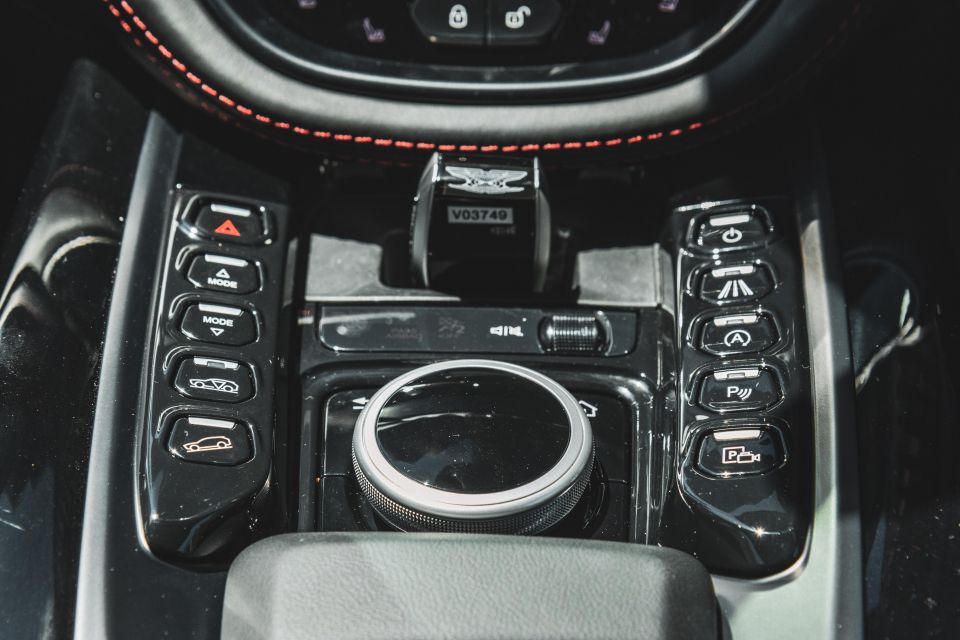
Our test vehicle was fitted with the following options:
All up, the vehicle you see here wears a sticker of $416,902 before on-road costs – #cash.

Like most high-end luxury vehicles, the Aston Martin DBX doesn’t have an ANCAP or Euro NCAP safety rating.
Still, the DBX is equipped with a suite of safety systems as you’d expect from a modern luxury vehicle.
Standard features include:

Freaking gorgeous.
What really sets brands like Aston Martin, Bentley and Rolls-Royce as fully-fledged ‘luxury’ brands compared to the ‘premium’ set is interior craftsmanship. Like the Bentayga I tested last year, just about everything you can see or touch is covered in leather or fashioned from some sort of metal.
The DBX’s cabin looks and feels like every other current Aston Martin, with two high-resolution displays, a distinctive steering wheel design, transmission controls on the dashboard, as well as the attention to detail throughout.
While the contrast stitching and satin chrome accents in our test car are cost options, we can’t imagine standard stitching and ornamentation to be much less impressive, such is the craftsmanship and perception of quality.


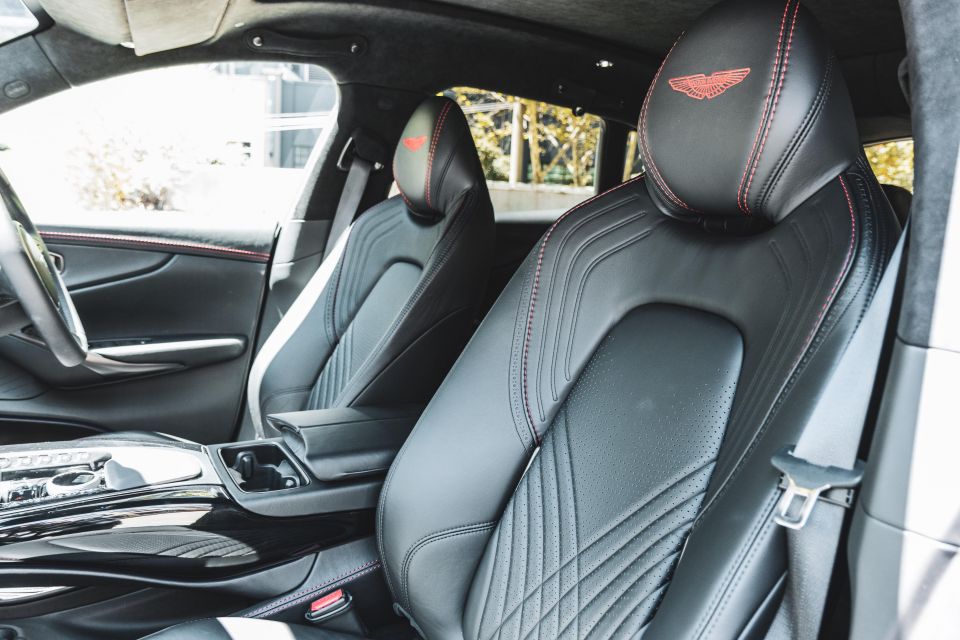
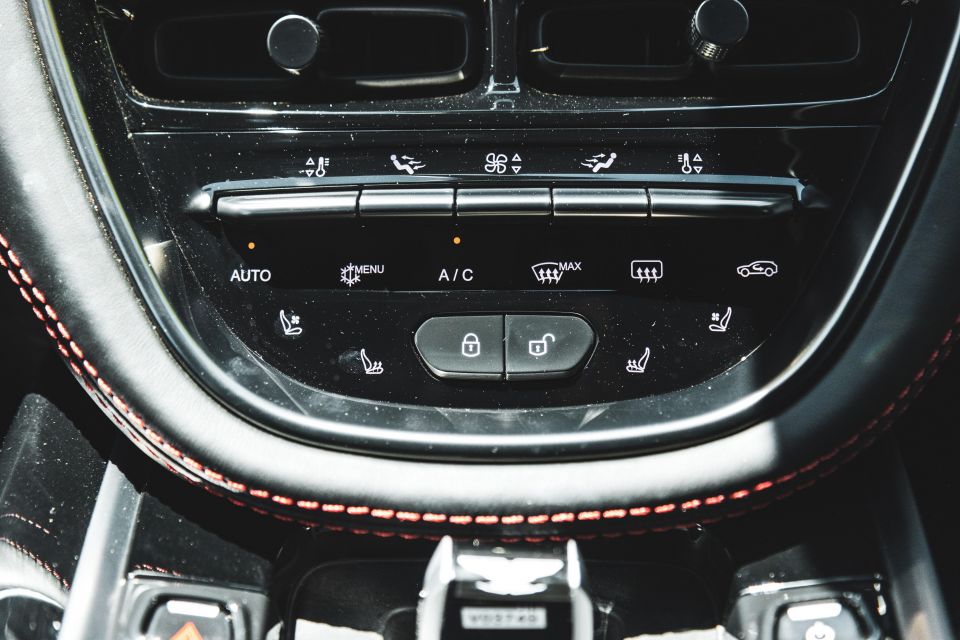
The dashboard, doors, seats, and low-level surfaces of the cabin are leather-lined, and all the switchgear feels beautifully made. The seats themselves are wonderfully supportive and offer heaps of electric adjustment, and the steering column adjusts electrically too.
I personally would prefer a more exciting interior colourway than the Obsidian Black hide with red contrast stitching seen here, perhaps a saddle brown or a bright red would be cool, but at least this one won’t show up dirt easily.
The driver is treated to a lovely 12.3-inch high-resolution virtual instrument cluster that has configurable dials and a few different menus to display between said dials. The Mercedes-Benz connection can be seen in the way it adjusts, as well as some of the fonts and layouts, but it’s different enough that it’s not immediately obvious.
One of my favourite aspects is the fact Aston Martin used DB5 graphics for the driver assistance symbols – the adaptive cruise and lane assist icons show the iconic GT in two-dimensional views. Just a little Easter Egg for fans of the brand, or even James Bond.


Further links to Benz can be found with the plasticky indicator stalk, as well as the headlight controls, basic infotainment interface, and the rotary controller for said infotainment system.
This is pretty consistent with other current Aston models, and while some are more conspicuous than others it’s a small dent on what is a fine and sumptuous cabin.
Speaking of the infotainment system, it’s based on the previous-generation Mercedes Comand interface rather than MBUX. The 10.25-inch display is specific to Aston Martin, rather than a re-used Benz screen.
It has wired Apple CarPlay, satellite navigation and DAB radio to name but a few features, and if you’re like me and default to smartphone mirroring you just plug in and go. Load times are reasonably snappy, the interface is clean and attractive, and Aston has changed all the vehicle graphics and menus to its own.
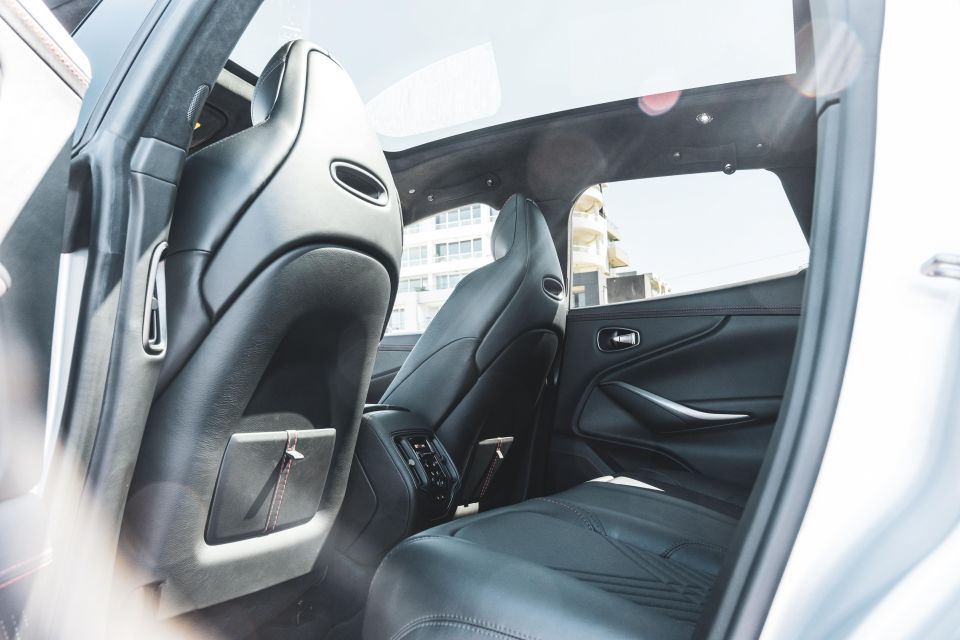

The DBX also offers interior space and packaging befitting its size, something the Rapide limousine got flack for lacking.
I’m a little over 6’1 and I had more than enough head-, knee- and legroom behind my own driving position and with the panoramic sunroof. The centre seat is also quite flat so an adult wouldn’t be too short changed getting the middle.
ISOFIX anchor points on the outboard positions and top-tether points across all three positions means the kids are catered for, and amenities like map pockets, a fold-down centre armrest with cupholders, and rear climate controls means rear passengers of all ages an sizes should be more than comfortable.
Our test car’s optional ventilated rear seating was a nice touch, and the standard panoramic sunroof floods the cabin with light – brightening up the very dark interior specification of the vehicle you see here.

The fastback body style allows for decent cargo-carrying capacity, with a claimed 632L on hand with all five seats in place.
Its tailgate shape means the DBX’s boot is a little shallow closer to the rear, but the square and deep load bay means longer items are a cinch to get in there.
Having air suspension means you can lower and raise the rear of the vehicle to make getting heavier items in and out easier, and there’s remote releases to drop the second row if you need. The 40:20:40-split rear backrests means you have a ski port as well.
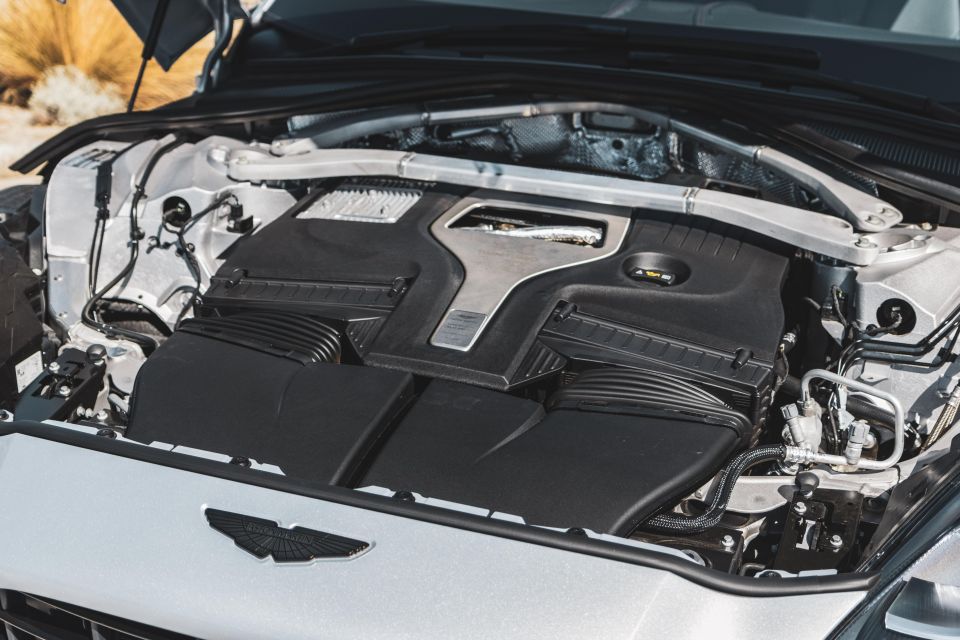
Power in the Aston Martin DBX comes from a Mercedes-AMG-sourced 4.0-litre bi-turbo V8, developing 405kW (6500rpm) and 700Nm (2200-5000rpm).
Drive is sent to all four wheels through a nine-speed automatic transmission, and an electronic rear limited-slip differential.
Aston Martin claims the 2245kg DBX will dash from 0 to 100km/h in 4.5 seconds, on its way to a top speed of 292km/h (181mph).
Fuel consumption is rated at 12.4L/100km on the combined cycle, with the 85L fuel tank taking 98 RON premium unleaded.
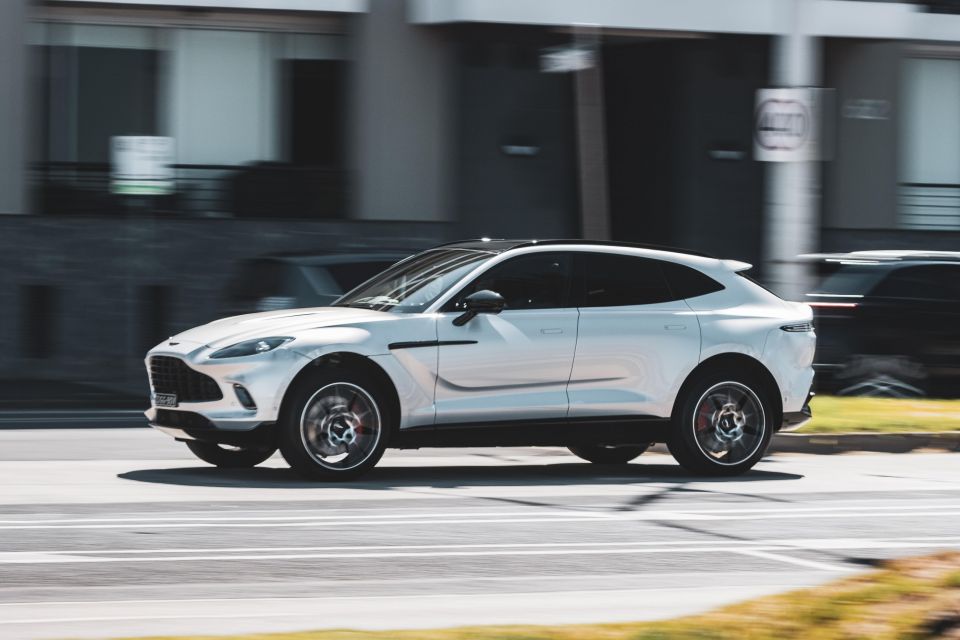
I will admit, hopping in the driver’s seat for the first time was a little daunting.
This is a massive beast, and as an Aston Martin fan I needed a moment to let the figurative butterflies settle.
Press the jewel-like START/STOP button front and centre on the dash, and that bi-turbo V8 burbles to life. If the windows or doors are open, there’s a bit of theatre to the rumble and gurgle of our tester’s sports exhaust, though the heavily insulated cabin keeps low-rev engine notes away if everything is closed.
There’s an interesting feel in the driver’s seat. Obviously the DBX’s raised ride height is noticeable but the position of the seat in the cockpit is very sports car-like, as are the steeply raked windscreen and low roofline.
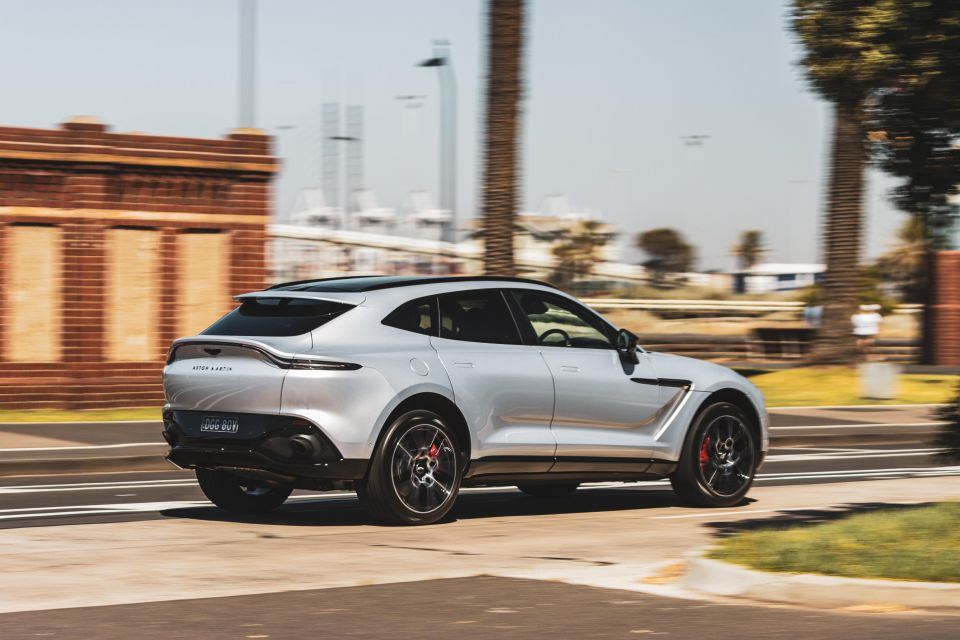
Where expert car reviews meet expert car buying – CarExpert gives you trusted advice, personalised service and real savings on your next new car.
Around town you immediately realise how easy this thing is to drive. At over five metres long and a whisker under two metres wide the DBX is no city hatchback, but the light controls and effortless acceleration make it pretty easy to live with.
It helps there’s plenty of assistance systems at your fingertips – surround cameras, blind-spot monitoring, adaptive cruise control and lane-keep assist mean there’s a safety net to keep you from dinging that precious bodywork or wheels.
While peak torque isn’t on tap until 2200rpm, the smooth and muscular nature of V8 petrol engines means the DBX can happily bumble along in stop/start traffic, and has more than enough oomph to do quick overtakes or make gaps in traffic.
Occasionally the nine-speed auto shunts from third into second, or second into first, but otherwise drivetrain refinement is top-notch as you’d expect from such a high-end vehicle.
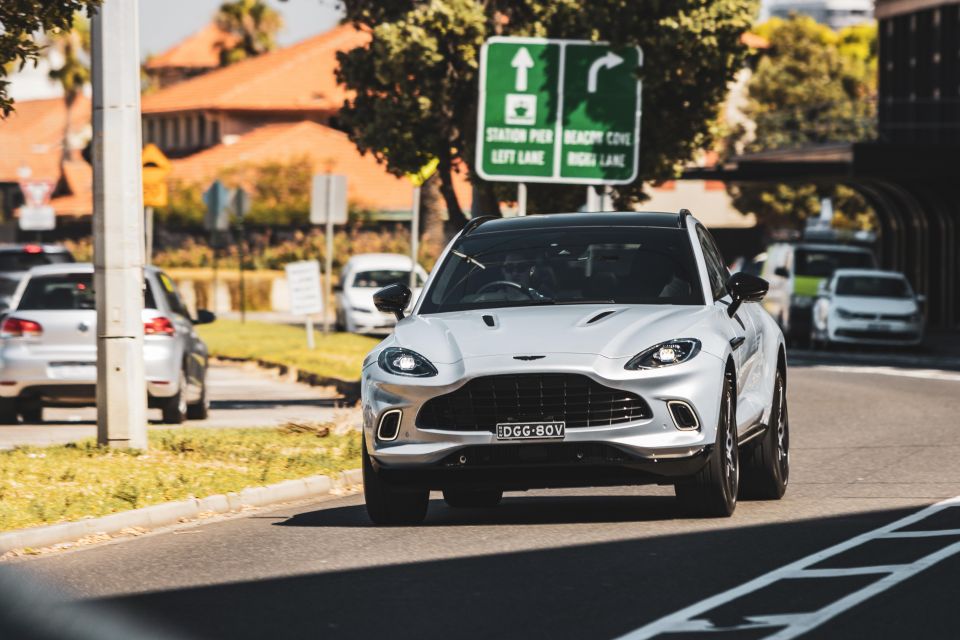
Ride quality is pretty good, courtesy of the standard adaptive air suspension. A little more give in its standard GT mode would be nice for that magic carpet feel, although the fact it’s more GT than SUV fits the Aston Martin bill better.
The steering is quite light, but it’s fluid and accurate in feel and feedback. A little more weight would be appreciated as the speed dials up and you try to test the DBX’s dynamic limits.
Speaking of which, we took the high-riding Aston for a blast through the Victorian hills out east towards Yarra Glen, and on 80-100km/h single-lane B-roads the DBX impressed with its nimble dynamics. It feels like it really shrinks around the driver as you push on, and the pointy front end belies its hefty dimensions.
Popping the drive mode selector into Sport and Sport+ amps up steering weight, throttle response, exhaust sound and damper rates, turning the DBX from a lazy high-riding limousine into a more focused driver’s machine.

While this won’t be able to keep up with a Vantage on a mountain pass, the DBX does an admirable job inspiring confidence through successive bends, and has more grip and pace than any customer is ever going to need on Australian roads.
The pops and cracks from the exhaust put a smile on your face as you pull the right paddle for an upshift or let off the throttle on overrun, and the brutal torque shove under hard acceleration never gets old. It’s a shame you can’t get the full exhaust experience unless you’re in Sport+ (which loosens the grip of the stability and traction control systems), but you can tailor each element in the configurable Individual mode.
Compared to the Bentley Bentayga V8 I tested last year, the DBX feels less upright and top-heavy, and more responsive through the controls. The Aston is definitely puts more ‘S’ in SUV by comparison.
If you’re looking for a crossover that really feels like a sports car, however, we’d say the Lamborghini Urus is a better bet. The DBX is more GT than sports car, but that’s what Aston Martin’s vehicles usually are, right?

Aston Martin covers its range with a three-year, unlimited-kilometre warranty which includes three years of 24-hour roadside assistance.
The DBX requires servicing every 12 months or 10,000 kilometres – whichever comes first. Aston Martin doesn’t advertise capped-price servicing packages like some other brands.
While Aston Martin claims a combined fuel figure of 12.4L/100km, we saw an indicated readout in the 17s but that included leaving the car idling to take photos, stop/start traffic and some more spirited stints on B-roads – not really indicative of real-world mixed driving conditions.

Buy your new car without the stress. It's fast, simple and completely free.

Great service from Travis and team, second time I have used this business would not hesitate to recommend them to anyone
Craig C.
Purchased a Ford Ranger in Sunshine Coast, QLD
CarExpert helped Craig save $7,224 on his Ford Ranger, now let us save you on your next new car.
Get your BEST priceThese high-end boutique vehicles are difficult to critique, as none of these options are objectively bad and the target demographic buys more on brand, design and lifestyle as opposed to more pragmatic reasons.
Aston Martin has done a good job with the DBX. It has made the design and execution distinctively Aston Martin, even though components like the infotainment, drivetrain and some switchgear have been sourced from Mercedes.
Like other current V8-engined Aston Martins, the DBX doesn’t feel like an AMG to drive nor does it really sound like one, it has its own character and flavour which really drives home the attention to detail at play here. Make no mistake – this isn’t a dressed-up GLE or GLS.


Down to the real metal and jewellery dotted throughout the cabin and externally, from the badging, grille inserts, to the interior door handles and the glass key – these all work together to make the DBX feel bespoke, as is fitting for an Aston Martin.
From behind the wheel, the DBX offers that high-end GT experience the brand is renowned for, combined with the high-riding driver position and practical five-door crossover body new car buyers crave. All told, it’s a powerful and opulent way to get you and your family around.
You’ll turn heads in it too, and if my experience is anything to go by, people will stop you in the street to ask about it.

Click the images for the full gallery
Where expert car reviews meet expert car buying – CarExpert gives you trusted advice, personalised service and real savings on your next new car.
James is an automotive journalist based in Melbourne, Australia. Before joining CarExpert.com.au in 2020, James has worked at leading auto media outlets including Carsales and CarAdvice, as well as at Pulse agency for Ford Australia's communications team. In 2019 James made Mumbrella's 'Top 20 most prolific web authors in Australia' list after publishing 1,360 articles between March 1, 2018 and February 28, 2019 for CarAdvice. James is also an Ambassador for Drive Against Depression – an Australian charity whose mission is to support mental wellness through the freedom of driving and a shared love of cars.


James Wong
5 Days Ago


James Wong
5 Days Ago


Max Davies
4 Days Ago


Josh Nevett
2 Days Ago


Max Davies
2 Days Ago
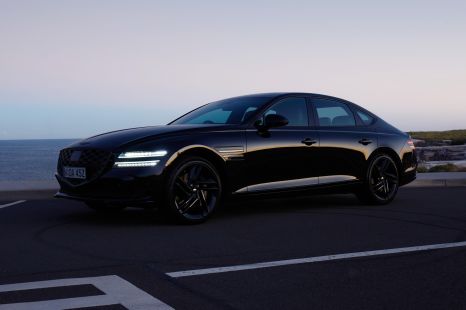

William Stopford
1 Day Ago